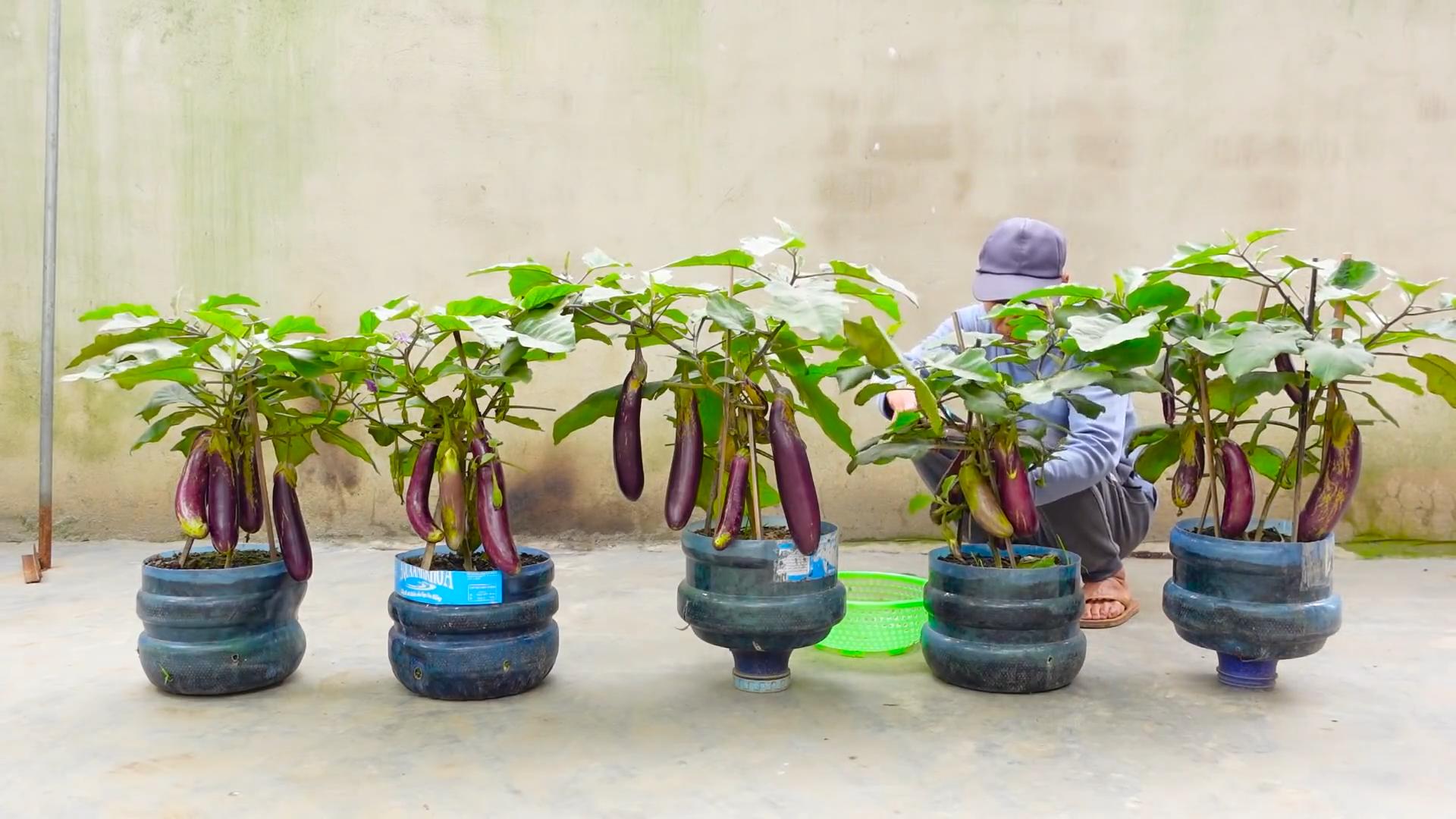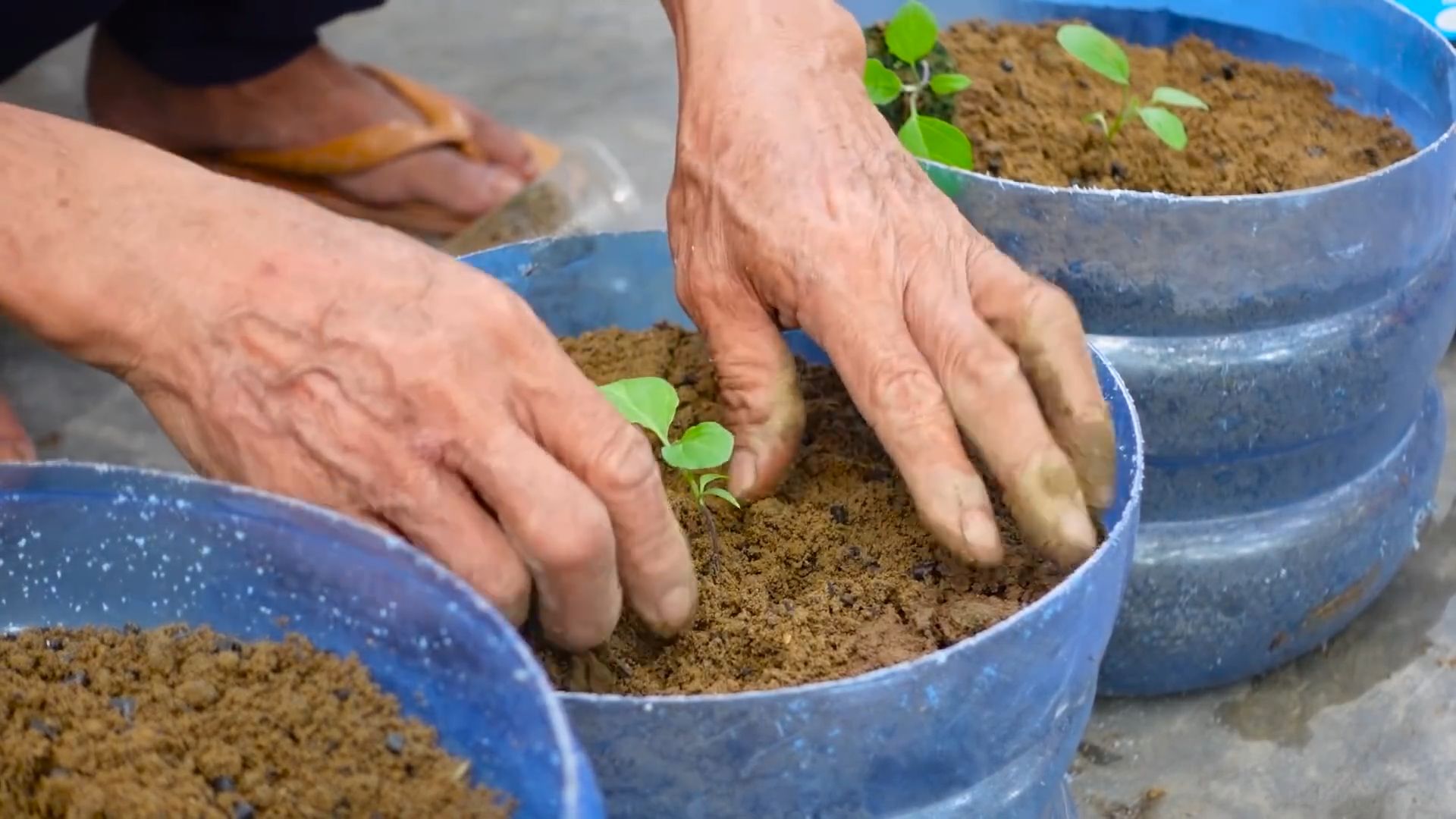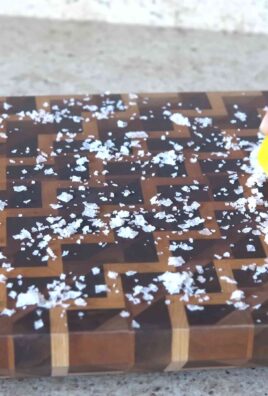Edible plants indoor gardening – sounds like a dream, right? Imagine stepping into your kitchen and snipping fresh herbs for dinner, or plucking a ripe cherry tomato right off the vine, all without ever leaving the comfort of your home. It’s not just a dream; it’s an achievable reality with a little know-how and some clever DIY tricks! For centuries, people have cultivated gardens indoors, from the hanging gardens of Babylon to the humble windowsill herb gardens of today. This practice connects us to nature, provides fresh produce, and adds a touch of tranquility to our living spaces.
But let’s be honest, getting started with edible plants indoor gardening can feel a bit daunting. Where do you even begin? What plants thrive indoors? And how do you avoid common pitfalls like pests and lack of sunlight? That’s where this article comes in! I’m going to share some of my favorite DIY tricks and hacks that will transform your home into a thriving indoor edible oasis. Whether you’re a seasoned gardener or a complete beginner, these tips will help you grow delicious and nutritious food right at your fingertips. So, grab your gardening gloves, and let’s get started!

Grow Your Own Salad: A Beginner’s Guide to Indoor Edible Gardening
Hey there, fellow plant enthusiasts! Ever dreamt of snipping fresh herbs for your pasta or plucking a juicy tomato right from your kitchen windowsill? Well, dream no more! I’m going to walk you through the wonderful world of indoor edible gardening. It’s easier than you think, and the rewards – fresh, delicious, and homegrown produce – are totally worth it.
Choosing the Right Plants
Before we get our hands dirty, let’s talk about plant selection. Not all edibles thrive indoors, so it’s crucial to pick varieties that are well-suited to container gardening and potentially lower light conditions. Here are some of my favorites:
* Herbs: Basil, mint, chives, parsley, oregano, thyme, and rosemary are all fantastic choices. They’re relatively compact, easy to grow, and add a burst of flavor to any dish.
* Leafy Greens: Lettuce, spinach, kale, and arugula are quick growers and can be harvested continuously. Look for “cut-and-come-again” varieties for the best results.
* Tomatoes: Dwarf or bush tomato varieties are your best bet for indoor growing. Cherry tomatoes are particularly prolific and fun to grow.
* Peppers: Similar to tomatoes, choose compact pepper varieties like bell peppers or chili peppers.
* Strawberries: Believe it or not, you can grow strawberries indoors! Look for everbearing varieties that produce fruit throughout the growing season.
* Microgreens: These tiny seedlings are packed with nutrients and flavor. They’re incredibly easy to grow and can be harvested in just a week or two.
Gathering Your Supplies
Alright, now that we know what we’re growing, let’s gather our supplies. Here’s what you’ll need:
* Containers: Choose pots that are at least 6 inches deep for herbs and leafy greens, and 12 inches deep for tomatoes and peppers. Make sure they have drainage holes!
* Potting Mix: Use a high-quality potting mix specifically formulated for containers. Avoid using garden soil, as it can compact and drain poorly.
* Seeds or Seedlings: You can start your plants from seeds or purchase seedlings from a local nursery. Seedlings will give you a head start, but starting from seed is more economical.
* Grow Lights (Optional but Recommended): While some plants can tolerate low light, most edibles will benefit from supplemental lighting, especially during the winter months. LED grow lights are energy-efficient and provide the right spectrum of light for plant growth.
* Watering Can or Spray Bottle: For watering your plants.
* Fertilizer: A balanced liquid fertilizer will help keep your plants healthy and productive.
* Small Gardening Tools: A trowel, hand rake, and pruning shears will come in handy.
* Plant Labels: To keep track of what you’ve planted.
Planting Your Edible Garden
Okay, let’s get planting!
1. Prepare Your Containers: Fill your containers with potting mix, leaving about an inch of space at the top.
2. Sowing Seeds (If Starting from Seed): Follow the instructions on your seed packet for planting depth and spacing. Generally, you’ll want to sow seeds about ¼ inch deep and space them a few inches apart. Gently water the soil after planting.
3. Transplanting Seedlings (If Using Seedlings): Gently remove the seedlings from their nursery pots and loosen the roots slightly. Dig a hole in the potting mix that’s large enough to accommodate the root ball. Place the seedling in the hole and backfill with potting mix, gently firming the soil around the base of the plant. Water thoroughly.
4. Label Your Plants: Use plant labels to identify each plant. This will help you keep track of what you’re growing and when to expect harvests.
5. Position Your Plants: Place your containers in a sunny location that receives at least 6 hours of direct sunlight per day. If you’re using grow lights, position them about 6-12 inches above the plants.
Caring for Your Indoor Edible Garden
Now that your plants are in their new homes, it’s time to learn how to care for them.
1. Watering: Water your plants when the top inch of soil feels dry to the touch. Avoid overwatering, as this can lead to root rot. Water deeply, until water drains out of the drainage holes.
2. Fertilizing: Fertilize your plants every 2-4 weeks with a balanced liquid fertilizer. Follow the instructions on the fertilizer label for dilution rates.
3. Pruning: Prune your plants regularly to encourage bushier growth and remove any dead or yellowing leaves. Pinch back the tips of herbs to promote branching.
4. Pest Control: Keep an eye out for pests like aphids, spider mites, and whiteflies. If you spot any pests, treat them with an insecticidal soap or neem oil.
5. Pollination (For Tomatoes and Peppers): Tomatoes and peppers are self-pollinating, but they may need a little help indoors. Gently shake the plants or use a small paintbrush to transfer pollen from one flower to another. You can also use a small fan to circulate air around the plants, which will help with pollination.
6. Providing Support (For Tomatoes and Peppers): As your tomato and pepper plants grow, they may need support to prevent them from toppling over. Use stakes, cages, or trellises to support the plants.
Harvesting Your Bounty
The best part of indoor edible gardening is, of course, the harvest!
1. Herbs: Harvest herbs by snipping off leaves as needed. Regular harvesting will encourage bushier growth.
2. Leafy Greens: Harvest leafy greens by cutting off the outer leaves, leaving the inner leaves to continue growing. This is known as the “cut-and-come-again” method.
3. Tomatoes and Peppers: Harvest tomatoes and peppers when they are fully ripe and have reached their desired color. Gently twist the fruit off the plant.
4. Strawberries: Harvest strawberries when they are fully red and slightly soft to the touch.
5. Microgreens: Harvest microgreens when they are about 1-2 inches tall. Use scissors to cut the stems just above the soil line.
Troubleshooting Common Problems
Even with the best care, you may encounter some problems along the way. Here are some common issues and how to fix them:
* Yellowing Leaves: Yellowing leaves can be caused by overwatering, underwatering, nutrient deficiencies, or pests. Check the soil moisture and adjust your watering schedule accordingly. Fertilize your plants regularly. Inspect the leaves for pests and treat them as needed.
* Leggy Growth: Leggy growth (long, spindly stems) is usually caused by insufficient light. Move your plants to a sunnier location or provide supplemental lighting.
* Lack of Fruit: Lack of fruit can be caused by poor pollination, nutrient deficiencies, or insufficient light. Hand-pollinate your plants or use a small fan to circulate air. Fertilize your plants regularly. Make sure your plants are receiving enough light.
* Pests: Pests can be a nuisance in indoor gardens. Inspect your plants regularly and treat any infestations promptly. Use insecticidal soap, neem oil, or other organic pest control methods.
Specific Plant Tips
Here are some more specific tips for growing some of the most popular indoor edibles:
Basil
* Pinch off flower buds to encourage leaf production.
* Water regularly, but avoid overwatering.
* Provide plenty of sunlight.
Mint
* Mint is a vigorous grower, so it’s best to grow it in its own container to prevent it from taking over other plants.
* Water regularly and keep the soil moist.
* Pinch back the tips of the stems to encourage bushier growth.
Tomatoes
* Choose dwarf or bush varieties for indoor growing.
* Provide support with stakes, cages, or trellises.
* Hand-pollinate the flowers or use a small fan to circulate air.
* Water deeply and regularly.
* Fertilize regularly with a tomato-specific fertilizer.
Peppers
* Choose compact pepper varieties for indoor growing.
* Provide support with stakes or cages.
* Hand-pollinate the flowers or use a small fan to circulate air.
* Water deeply and regularly.
* Fertilize regularly with a pepper-specific fertilizer.
Lettuce
* Choose “cut-and-come-again” varieties for continuous harvests.
* Water regularly and keep the soil moist.
* Provide plenty of sunlight.
* Harvest outer leaves as needed.
Enjoying Your Harvest
Now that you’ve successfully grown your own indoor edible garden, it’s time to enjoy the fruits (and vegetables!) of your labor. Use your fresh herbs, leafy greens

Conclusion
So, there you have it! Transforming your living space into a vibrant, edible oasis is not only achievable but surprisingly simple with our DIY indoor gardening trick. We’ve shown you how to cultivate a thriving mini-farm right inside your home, bringing fresh, flavorful ingredients directly to your kitchen. Forget those bland, store-bought herbs and vegetables; imagine the satisfaction of snipping fresh basil for your pasta, harvesting crisp lettuce for your salad, or plucking ripe cherry tomatoes for a quick snack – all grown with your own two hands.
This isn’t just about convenience; it’s about connecting with nature, even in the heart of the city. It’s about knowing exactly where your food comes from and reducing your reliance on mass-produced produce. It’s about adding a touch of green to your home, purifying the air, and creating a calming, therapeutic environment. And most importantly, it’s about enjoying the unparalleled taste of homegrown goodness.
This DIY approach to edible plants indoor gardening is a game-changer for anyone looking to embrace a more sustainable and flavorful lifestyle. It’s perfect for apartment dwellers, urban gardeners, or anyone who simply wants to enjoy fresh, organic produce year-round.
But don’t stop there! The possibilities are endless. Experiment with different varieties of herbs, vegetables, and fruits. Try growing microgreens for a nutrient-packed boost to your meals. Explore vertical gardening techniques to maximize space and create a stunning living wall. Consider adding grow lights to supplement natural sunlight, especially during the winter months. You could even try hydroponics for a soil-free growing experience.
Variations to Consider:
* **Herb Garden Medley:** Plant a variety of herbs like basil, mint, chives, parsley, and oregano in a single container for a fragrant and flavorful addition to your cooking.
* **Salad Bowl Garden:** Grow a mix of leafy greens like lettuce, spinach, arugula, and kale for a constant supply of fresh salad ingredients.
* **Spicy Pepper Patch:** Cultivate different types of peppers, from mild bell peppers to fiery chili peppers, to add a kick to your dishes.
* **Fruiting Vine Fun:** Try growing dwarf tomato or strawberry varieties in hanging baskets for a visually appealing and productive display.
We encourage you to take the plunge and try this DIY trick for yourself. It’s easier than you think, and the rewards are immeasurable. Start small, experiment, and don’t be afraid to make mistakes. Gardening is a learning process, and every failure is an opportunity to grow (pun intended!).
Once you’ve experienced the joy of harvesting your own homegrown produce, we’d love to hear about it! Share your experiences, tips, and photos with us in the comments below. Let’s create a community of indoor gardeners and inspire others to embrace the magic of growing their own food. What are you waiting for? Get your hands dirty and start your edible indoor garden today! We can’t wait to see what you grow!
Frequently Asked Questions (FAQ)
What are the easiest edible plants to grow indoors?
Some of the easiest edible plants to grow indoors include herbs like basil, mint, chives, and parsley. Leafy greens like lettuce, spinach, and kale are also relatively easy to grow indoors, especially in containers. Cherry tomatoes and peppers can also thrive indoors with sufficient light and proper care. Starting with these beginner-friendly options will increase your chances of success and build your confidence as an indoor gardener. Remember to choose compact or dwarf varieties that are well-suited for container gardening.
How much light do edible plants need indoors?
Most edible plants require at least 6-8 hours of sunlight per day to thrive. If you don’t have a sunny window, you can supplement with grow lights. LED grow lights are a great option because they are energy-efficient and provide the full spectrum of light that plants need. Place the grow lights about 6-12 inches above the plants and adjust as needed. Observe your plants closely for signs of insufficient light, such as leggy growth or pale leaves.
What kind of soil should I use for indoor edible plants?
Use a well-draining potting mix specifically formulated for containers. Avoid using garden soil, as it can become compacted and doesn’t drain well in pots. A good potting mix will contain a blend of peat moss, perlite, and vermiculite, which provides good aeration and drainage. You can also add compost to the potting mix to provide extra nutrients. Ensure your containers have drainage holes to prevent waterlogging.
How often should I water my indoor edible plants?
Water your plants when the top inch of soil feels dry to the touch. Avoid overwatering, as this can lead to root rot. Water thoroughly until water drains out of the drainage holes. The frequency of watering will depend on the type of plant, the size of the container, and the environmental conditions. Check your plants regularly and adjust your watering schedule as needed. Consider using a moisture meter to help you determine when to water.
What kind of fertilizer should I use for indoor edible plants?
Use a balanced liquid fertilizer specifically formulated for vegetables or herbs. Follow the instructions on the fertilizer label for dilution and application rates. Fertilize your plants every 2-4 weeks during the growing season. Avoid over-fertilizing, as this can burn the roots. You can also use organic fertilizers like compost tea or fish emulsion.
How do I deal with pests on my indoor edible plants?
Inspect your plants regularly for pests like aphids, spider mites, and whiteflies. If you find pests, you can try washing them off with a strong stream of water or using insecticidal soap or neem oil. Avoid using harsh chemicals, as they can be harmful to your plants and to you. You can also introduce beneficial insects like ladybugs or lacewings to help control pests. Maintaining good air circulation and avoiding overwatering can also help prevent pest problems.
Can I grow edible plants indoors year-round?
Yes, you can grow edible plants indoors year-round with proper care. Provide adequate light, water, and nutrients, and protect your plants from extreme temperatures. You may need to adjust your growing practices depending on the season. For example, you may need to supplement with grow lights during the winter months. With a little planning and effort, you can enjoy fresh, homegrown produce all year long.
How do I choose the right size container for my edible plants?
The size of the container will depend on the type of plant you are growing. Herbs and leafy greens can be grown in smaller containers, while tomatoes and peppers will need larger containers. Choose a container that is at least 6-8 inches in diameter for herbs and leafy greens, and at least 12-14 inches in diameter for tomatoes and peppers. Make sure the container has drainage holes to prevent waterlogging.
What are some common mistakes to avoid when growing edible plants indoors?
Some common mistakes to avoid include overwatering, underwatering, insufficient light, using the wrong soil, and not fertilizing properly. Pay attention to your plants and adjust your growing practices as needed. Don’t be afraid to experiment and learn from your mistakes. With a little patience and persistence, you can become a successful indoor gardener.
How can I maximize space when growing edible plants indoors?
Consider using vertical gardening techniques like hanging baskets, wall planters, or tiered shelves to maximize space. You can also grow multiple plants in a single container, as long as they have similar growing requirements. Choose compact or dwarf varieties that are well-suited for container gardening. By using these techniques, you can create a productive and visually appealing indoor garden, even in a small space.





Leave a Comment